Terrariums are beautiful mini plants in a glass bowl. It usually lasts longer than any other plant. It is one of the most beautiful ways to decorate your home. The terrariums grow well, as shown in the workshops. But many people face the problem of their terrariums dying fast. Did you face the same problem with your terrariums, too?
You may put much effort into growing your terrariums, but the results may be disappointing for low-light terrarium plants. It can demotivate all the terrarium owners.
So what are the reasons behind this? Check out the blog for detailed reasons why your terrariums keep dying.
Reasons for Terrariums Keep Dying
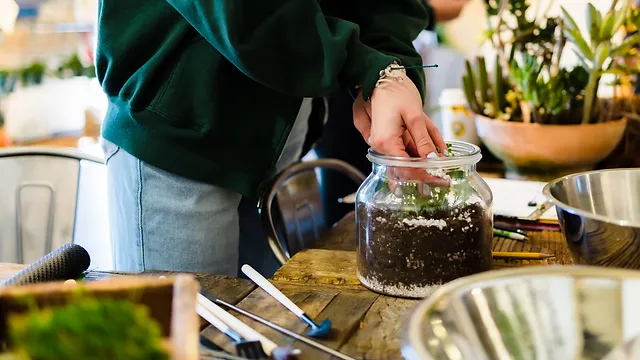
Taking proper care of terrariums is advisable by not committing the below mistakes.
1. Excessive Usage of Water
Although closed terrariums are known for their easy care and reduced watering requirements, individuals frequently misinterpret this and tend to overwater due to concerns about inadequate water circulation inside the system. The presence of an excessive amount of water droplets in a terrarium might serve as an indicator of an overabundance of moisture within the enclosed environment, resembling a simulated rainfall effect.
The accumulation of water on the petals may lead to plant wilting. Excessive water accumulation can lead to the proliferation of mold within terrariums, a highly undesirable outcome.
2. Using Wrong Containers
First of all, check which plants you will fit in the containers. Many people have the habit of choosing the wrong containers. Open and closed containers look beautiful but don’t grow the plants well. Every plant has its requirements for open and closed surfaces. Air plants require regular watering approximately once every week while also necessitating adequate air circulation.
Closed terrariums do not offer the necessary conditions for the survival of tillandsias, thereby rendering them susceptible to perishing within such an environment. You need to check the open and closed terrarium lists of plants.
3. Wrong Usage of Soil
Various plant species require specific soil conditions for optimal growth and development. As an illustration, succulent plants encompass cactus, necessitate a soil composition that facilitates rapid drainage, and possesses a porous nature.
It is essential to know that you would utilize a soil mixture specifically formulated for succulents and cacti, such as the one mentioned. It is also possible to employ a potting mix designed for different kinds of plants as per the conditions.
4. Non-Usage of Charcoal
Charcoal is one of the essential layers of terrariums. Due to the absence of drainage holes in terrariums, the egress of surplus water is impeded. Additionally, the terrarium exhibits restricted air exchange and limited space for plant growth.
But you will only need a little charcoal if you have terrariums with air plants. In short, using appropriate charcoal will help prevent the soil from getting drier. Also, it is essential to fertilize it with due time.
5. Not Enough light
It is essential to maintain balance between the lights. Some terrarium plants can quickly grow on bright lights. But they need some indirect sunlight for proper growth. You can also use artificial light to decorate the plants.
But people often mistake it by directly placing it between lights and plants. You need to have proper knowledge regarding how to put light in plants. Enough direct sunlight can make your plants die. Also, less amount can be a problem for the plants.
Conclusion
From the above blog, did you discover the mistake for your Terrariums? There are plenty of reasons available for the Terrariums. You need to check whether you used suitable containers. You may have required proper soil and charcoals, and enough sunlight was unavailable.
So it is advisable to have correct usage. Which are the steps you should have followed correctly? You can also advise your friends to be aware while performing the tasks. Comment down your way of growing plants.
Frequently Asked Questions
Is There Any Procedure to Bring Back My Terrarium’s Life?
Many people face the problem of their terrariums dying. So, the correct procedure is To ensure uniform light exposure for all plants within the terrarium; it is advisable to rotate the terrarium periodically. Additionally, in the event of excessive elongation of the plants, relocating the terrarium to a brighter area while still avoiding direct sunlight is recommended.
What is the Longest Duration for Terrariums?
Terrariums have the potential to endure for extended periods, running for several decades, but they must be maintained under ideal circumstances and get appropriate care. However, the typical lifespan of a terrarium ranges from four months to two years. Various factors, such as light exposure, moisture levels, temperature conditions, plant selection, and container size, collectively influence the duration of a terrarium’s existence.
Do Terrariums Need to Be Put Under Sunlight?
Terrariums can’t grow without light. You need to give an indirect sunlight setup for your terrariums. Nevertheless, managing with a modest amount of indirect illumination is possible. In the case of rooms devoid of windows, it is advisable to contemplate the utilization of a plant lamp or grow light.
How Many Hours of Light Should My Terrariums Ideally Get?
First, it is advisable never to give direct sunlight to the terrariums. It may cause overheating and result in negative consequences. A window oriented towards the north is advantageous. It is recommended to strive for a duration of 4 to 6 hours of indirect sunlight every day.

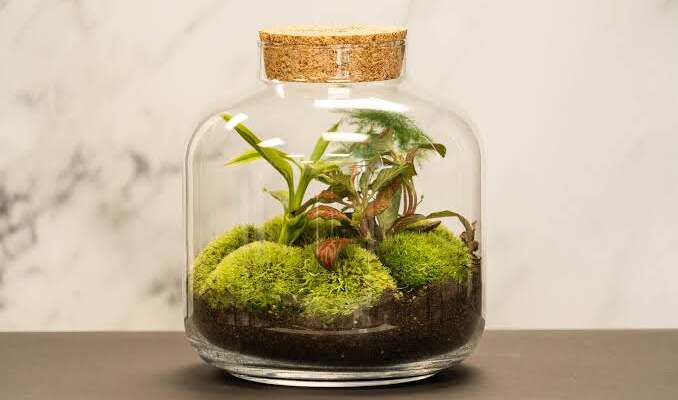

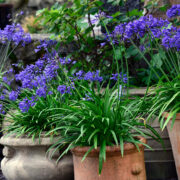
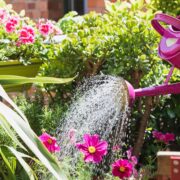
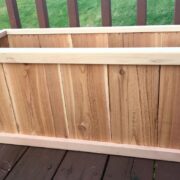
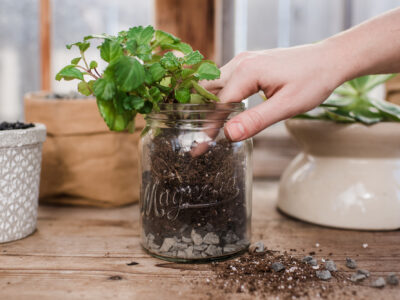
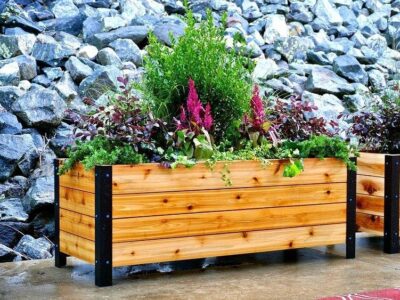
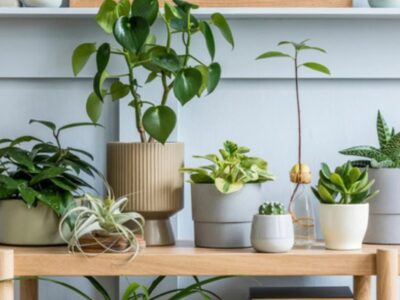
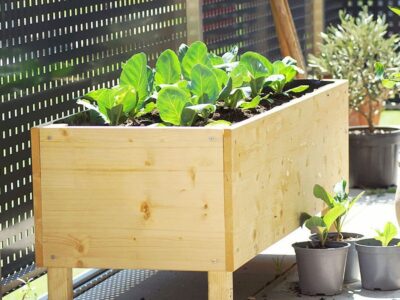

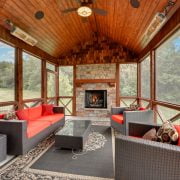

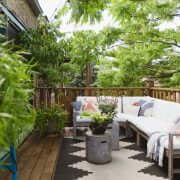
Comments